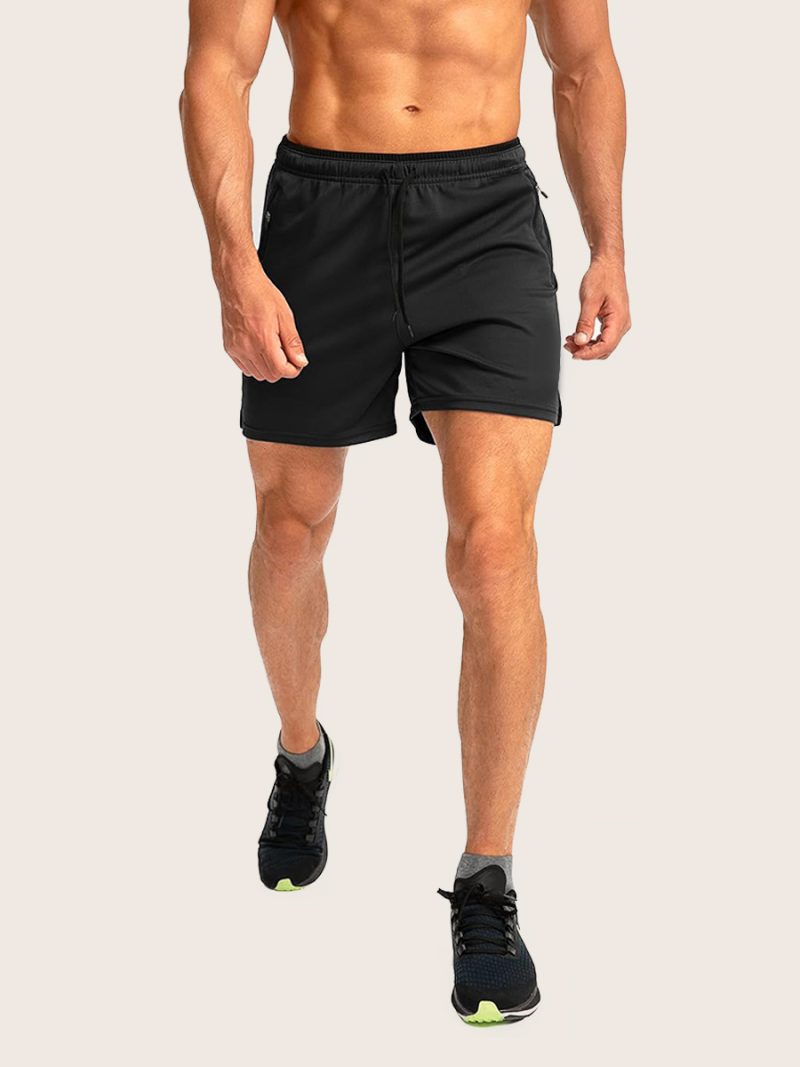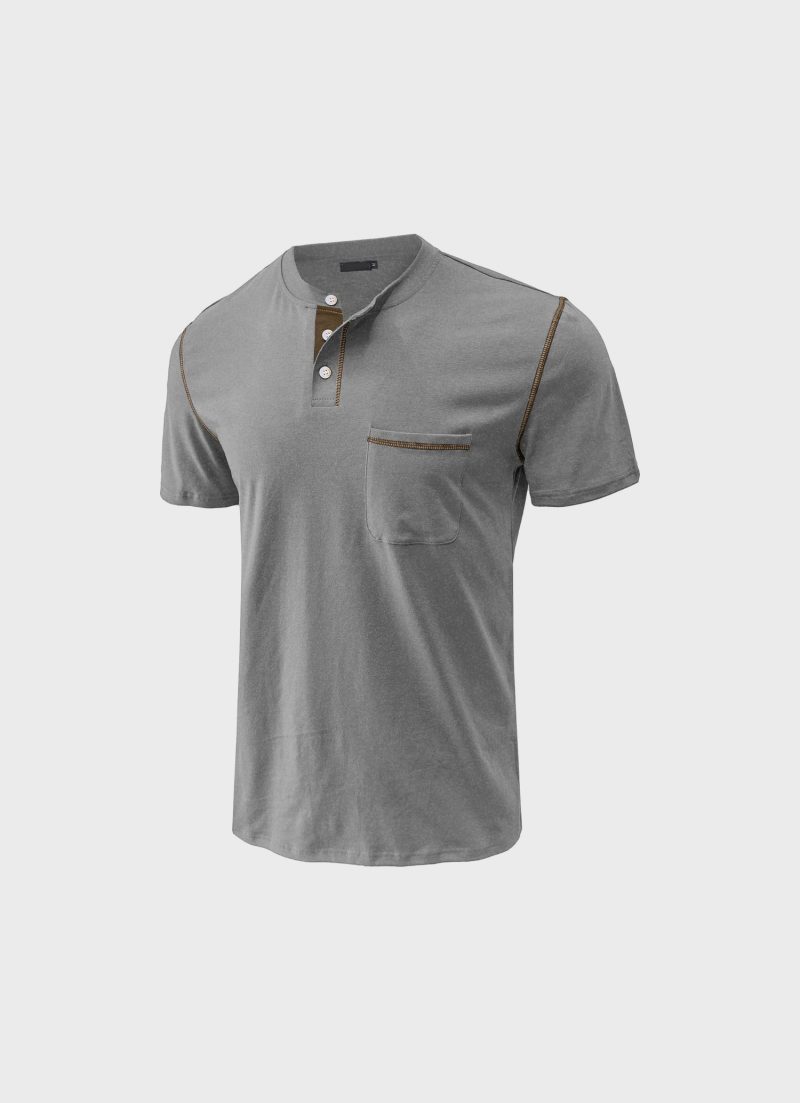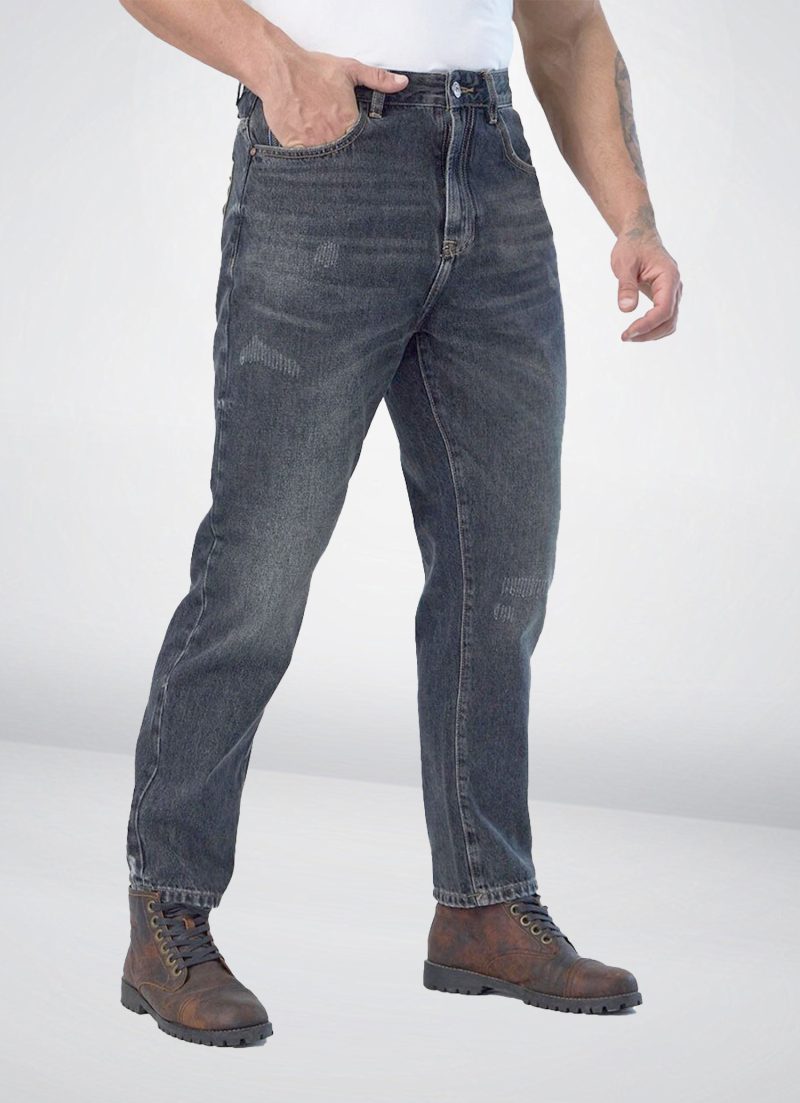Ready to have your natural mind blown?
What are natural fibres?
Fabric is made up of fibres that are spun into yarn and then woven in a combination of ways to create fabrics for making clothes and all sorts of other things.
Natural fibres come from plants, animals and minerals. A few of the most well-known are wool & silk (animal) and cotton, linen & hemp (plant).
Natural fibres, tell me what is special about them?
They are naturally regenerative
The sources of these fibres are not finite or depleted when used. As long as there’s grass to graze on, every year sheep will produce a new fleece that needs shorn; as long as there’s mulberry leaves to munch on then silkworms will create cocoons; as long as we take care of the ground then the cotton, flax and sativa plants will grow. We can create regenerative systems with natural fibres that provide humans with livelihoods that aren’t in conflict with the planet. Natural fibres represent humans working in harmony with nature and rely on us maintaining eco-systems instead of destroying them.
They are biodegradable
One of the most fantastic parts of natural fibres is they are completely biodegradable unlike the man-made alternatives! Meaning they come from nature, and they return to nature without releasing any nasty toxins into the atmosphere or clogging up landfill sites. The speed at which they biodegrade varies depending on various conditions, but nonetheless they represent circular economy in the truest sense.
Wool is naturally flame retardant
Ever looked at the label on a polyester garment and seen ‘Highly Flammable – Keep Away from Fire’? It’s very common and very real that synthetics go up in flames very easily. Naturals on the other hand, are difficult to set alight. Wool has high levels of nitrogen and water built into its construction, it literally has its own sprinkler system. Sadly, synthetics when next to naked flames will melt and cause burns by sticking to skin, it also produces noxious fumes.
Natural fibres are resilient
Natural fibres have a tensile strength that you would not believe was possible. But when you look deeper you realise that they have perfected their resilience over centuries, these plants and animals exist out in the wild and endure the harsh elements, they have smart evolution systems, and all naturally.
Sleep like a baby….
The hygroscopic properties of wool also help to regulate the body temperature in bed. When wearing wool sleepwear and/or various items of wool bedding – the coil-shaped fibres naturally remove heat and moisture from the skin, so you are not too hot and not too cold, but in an optimal and natural temperature setting for a good night’s sleep!







